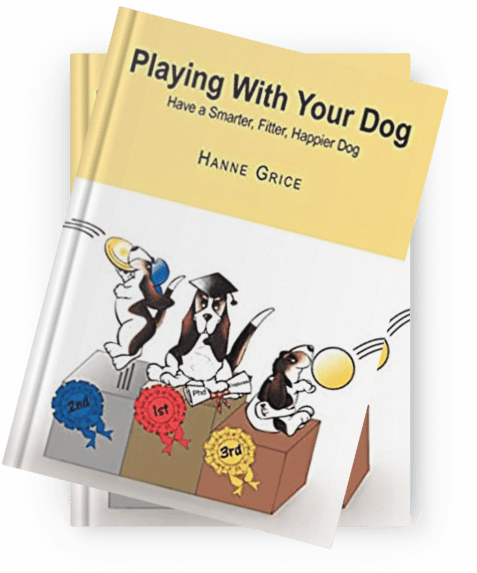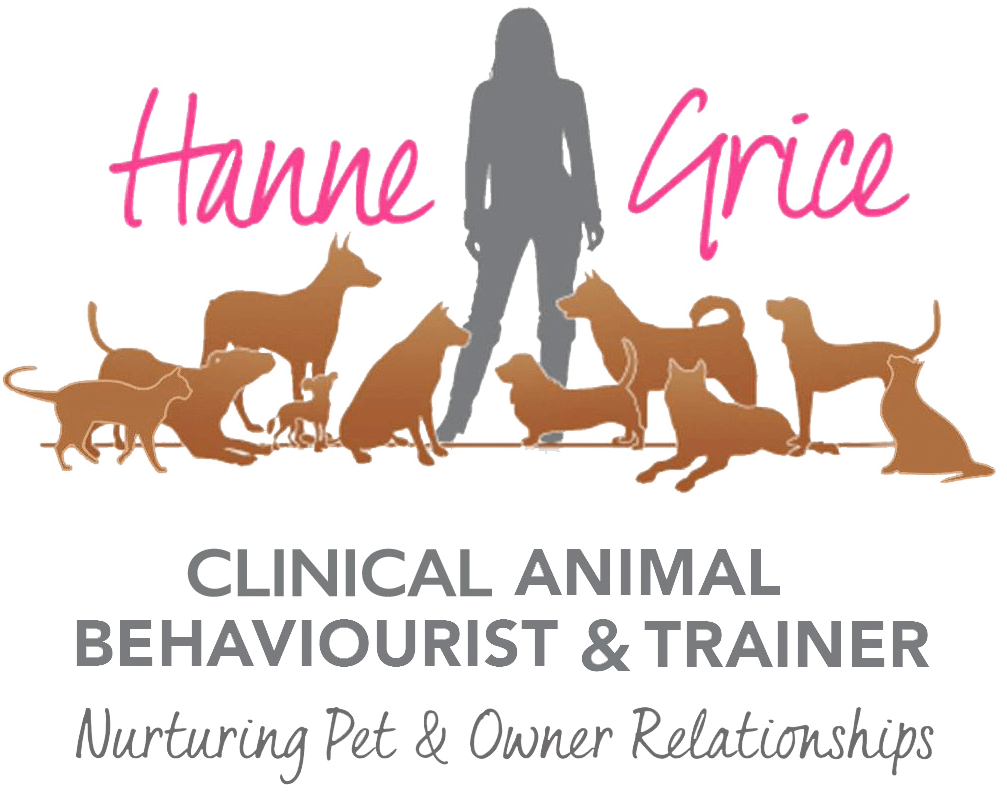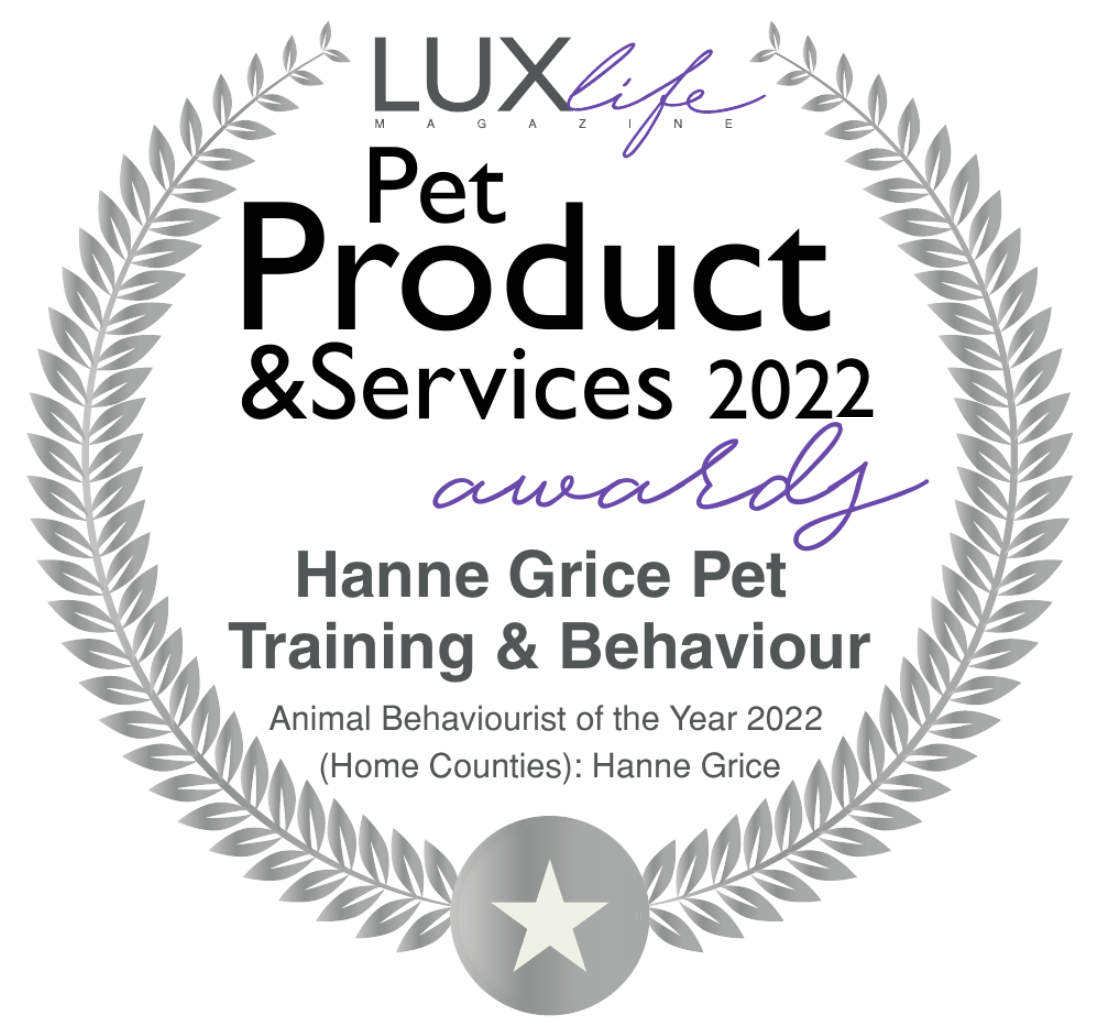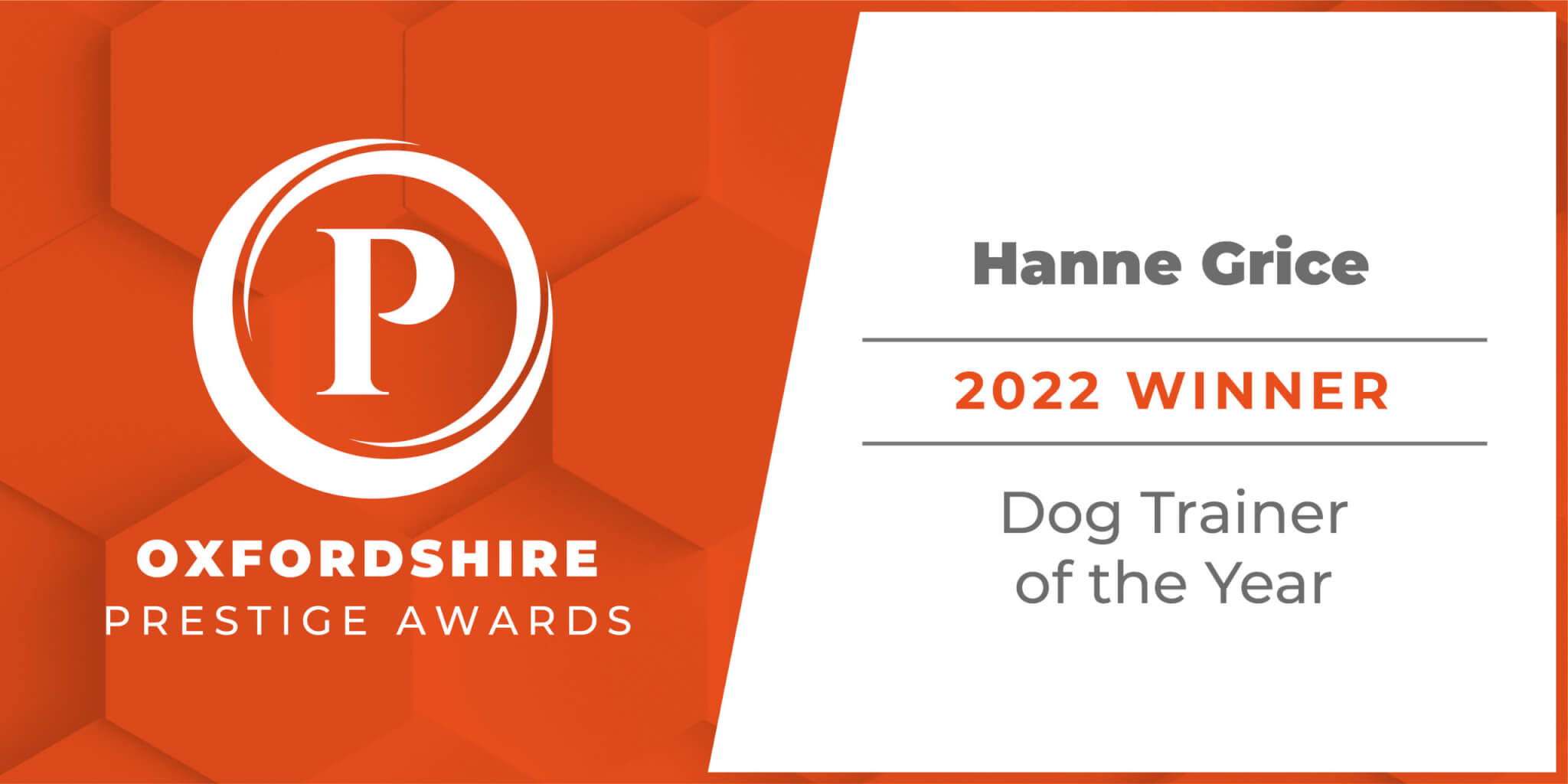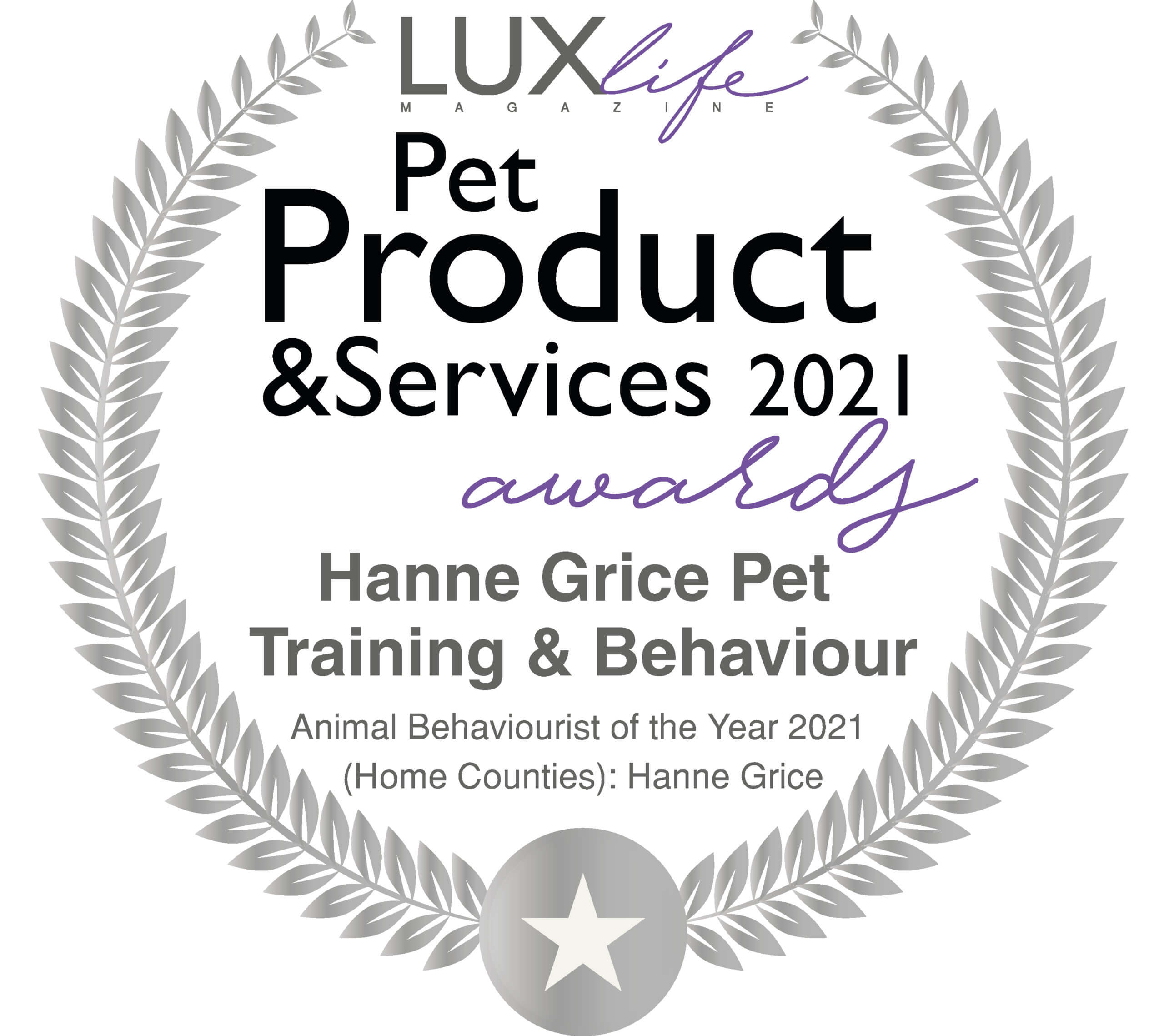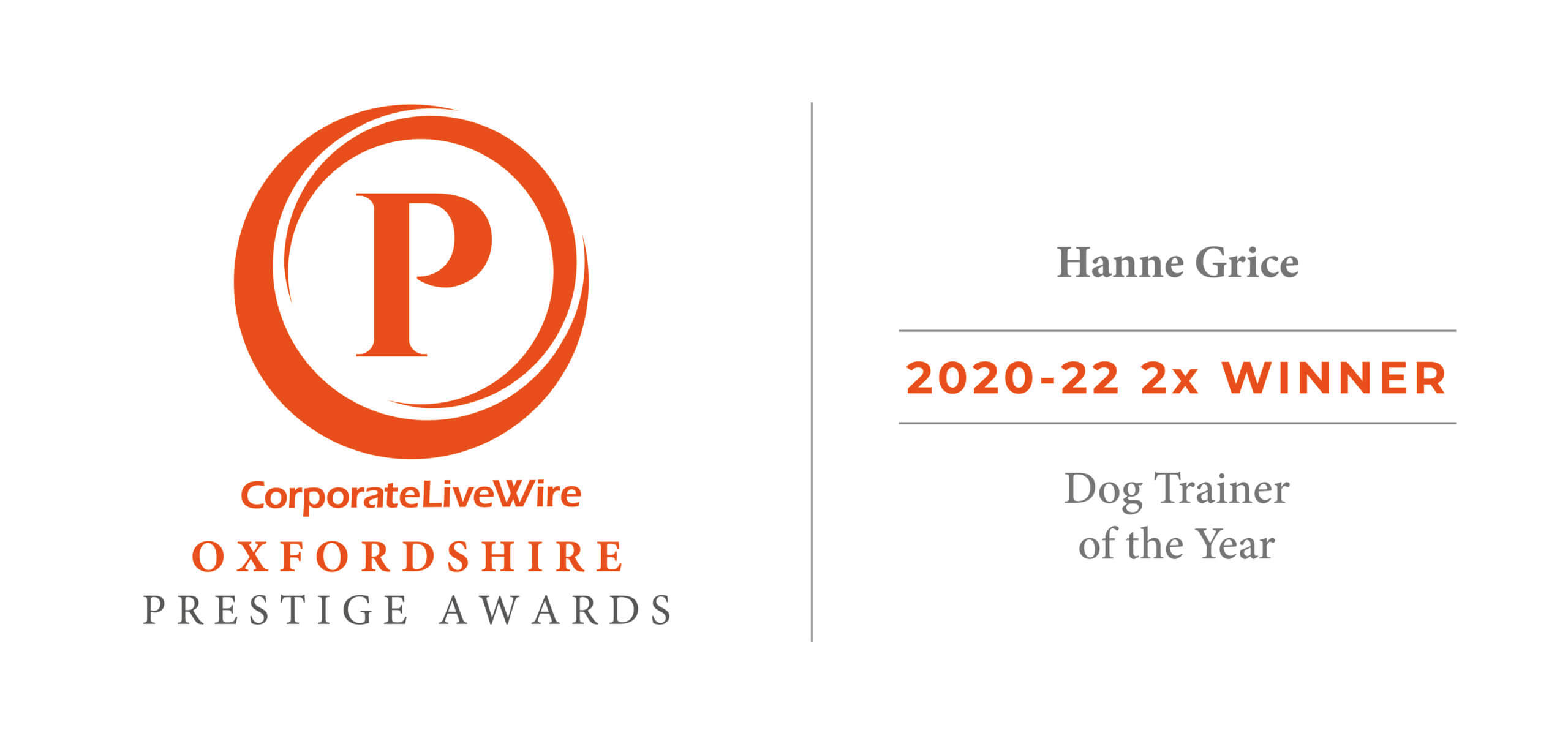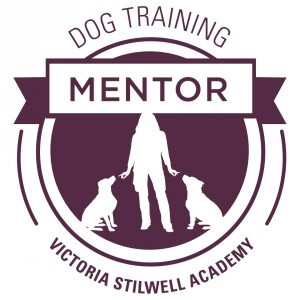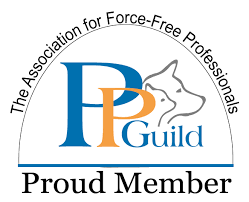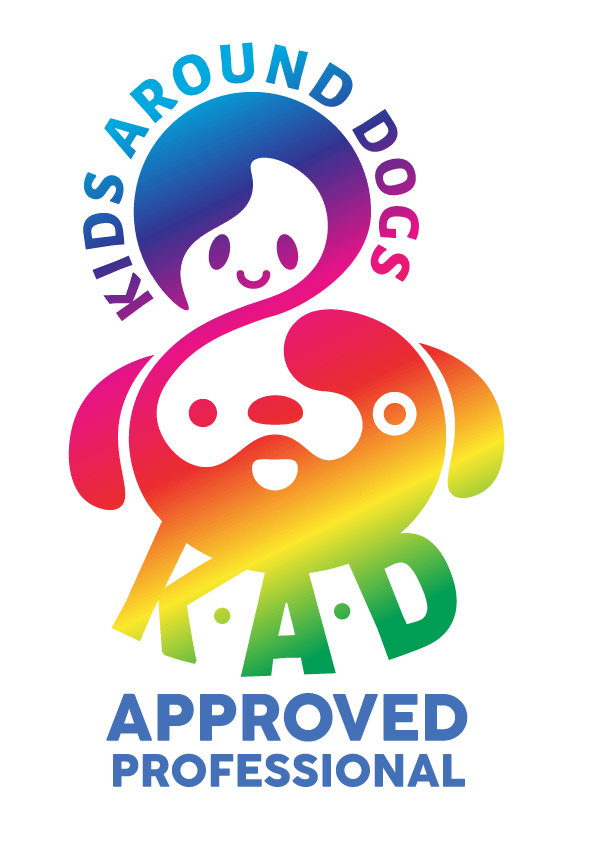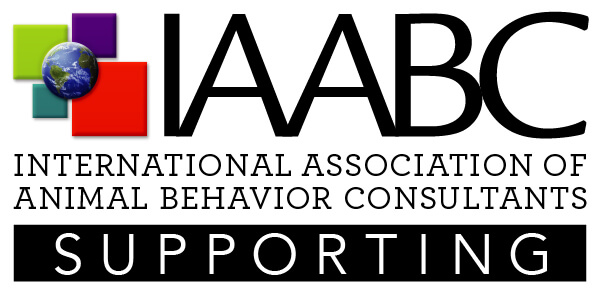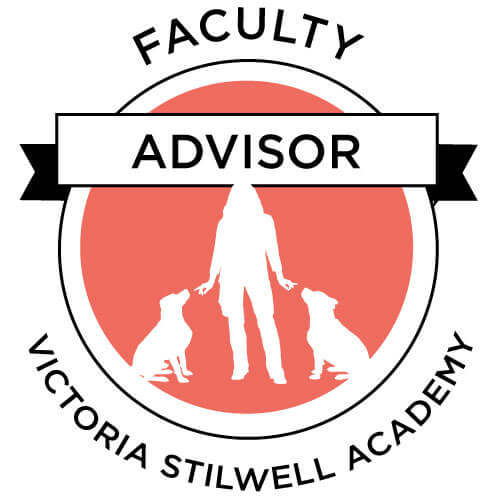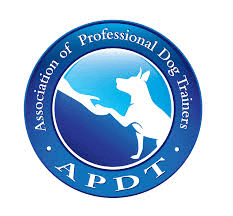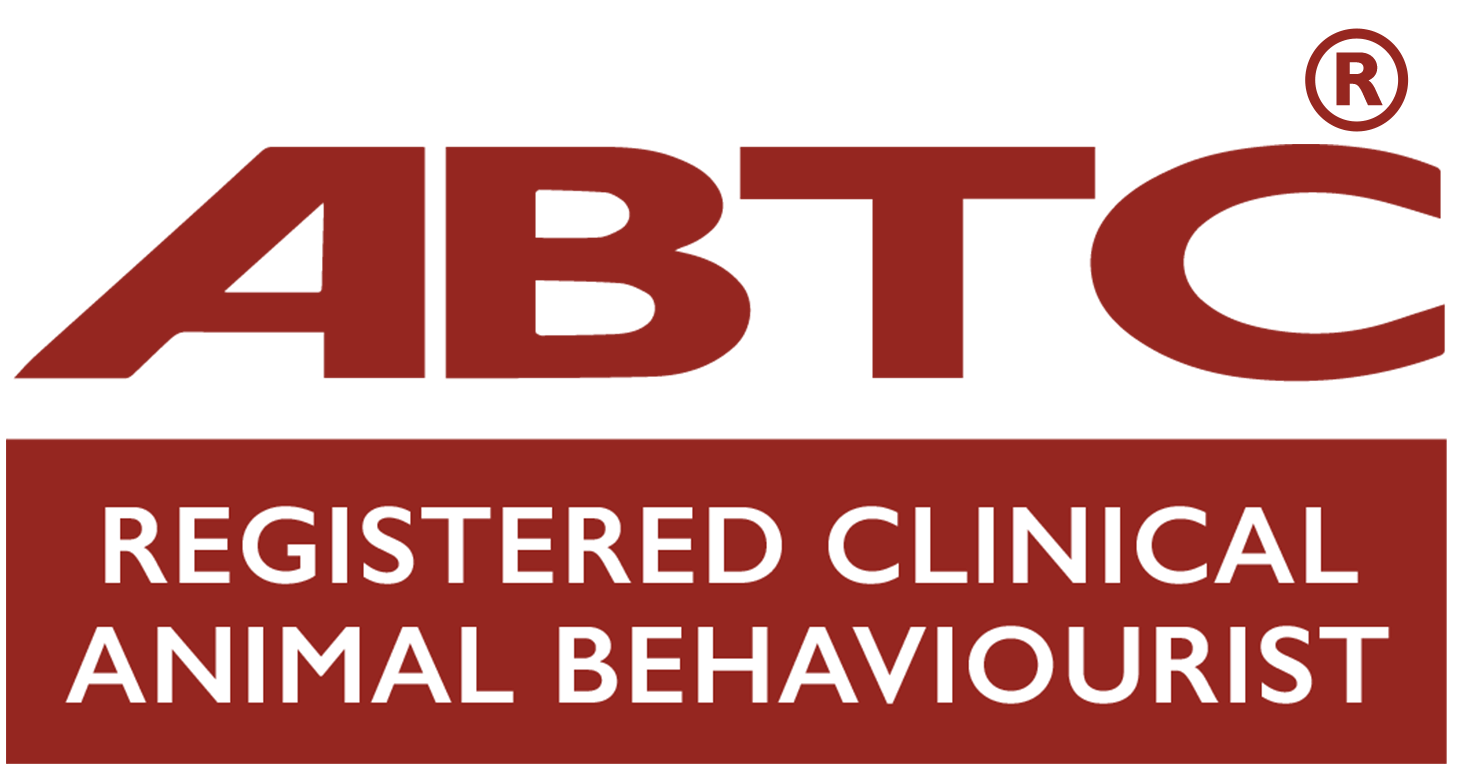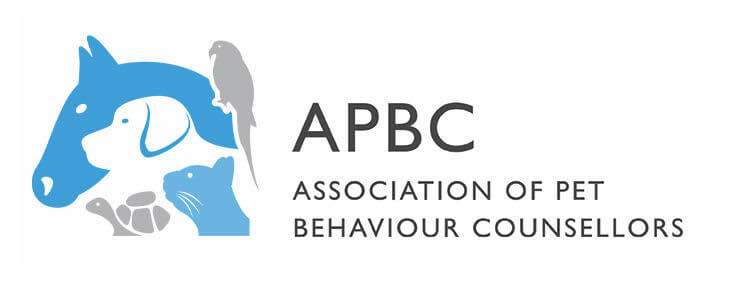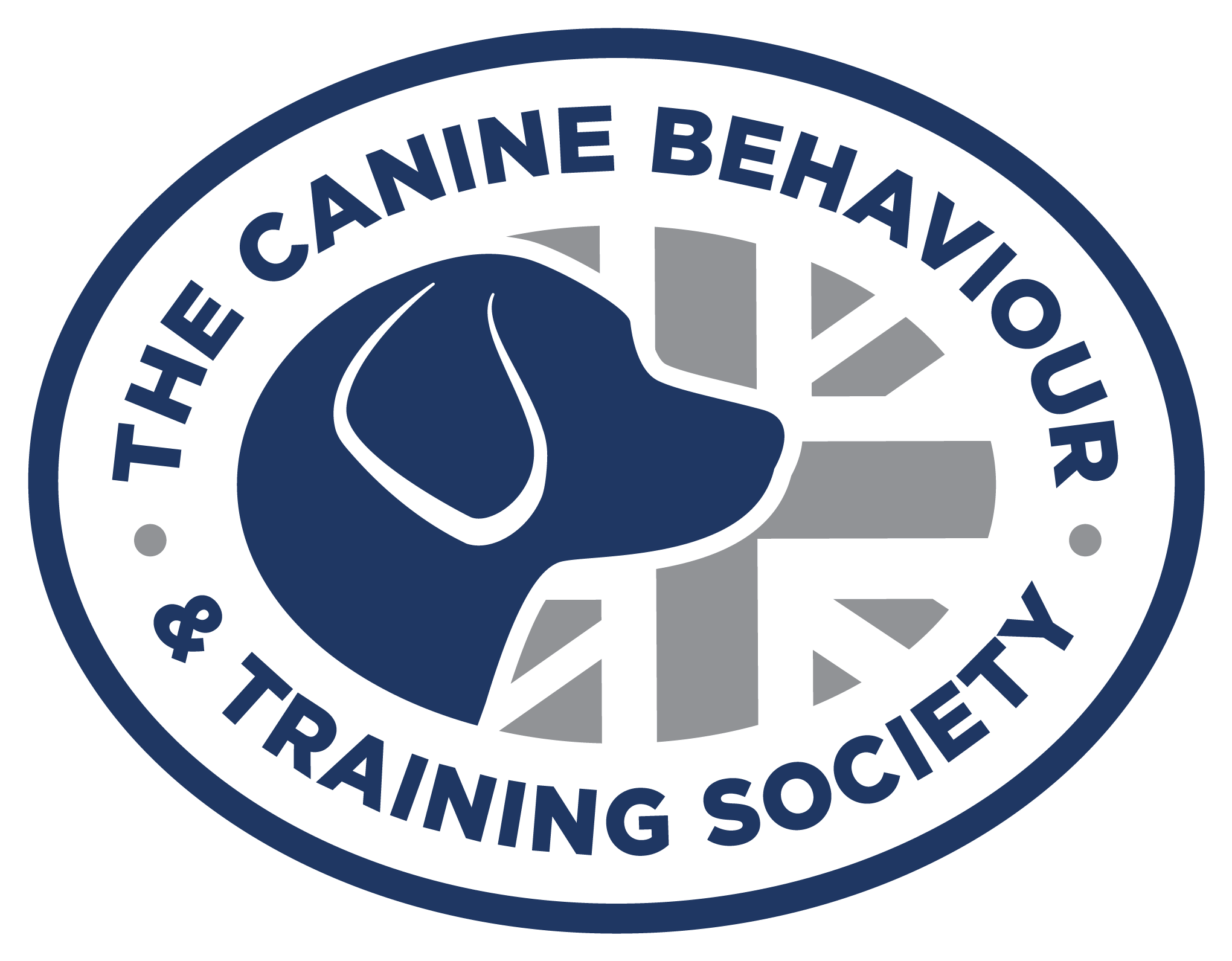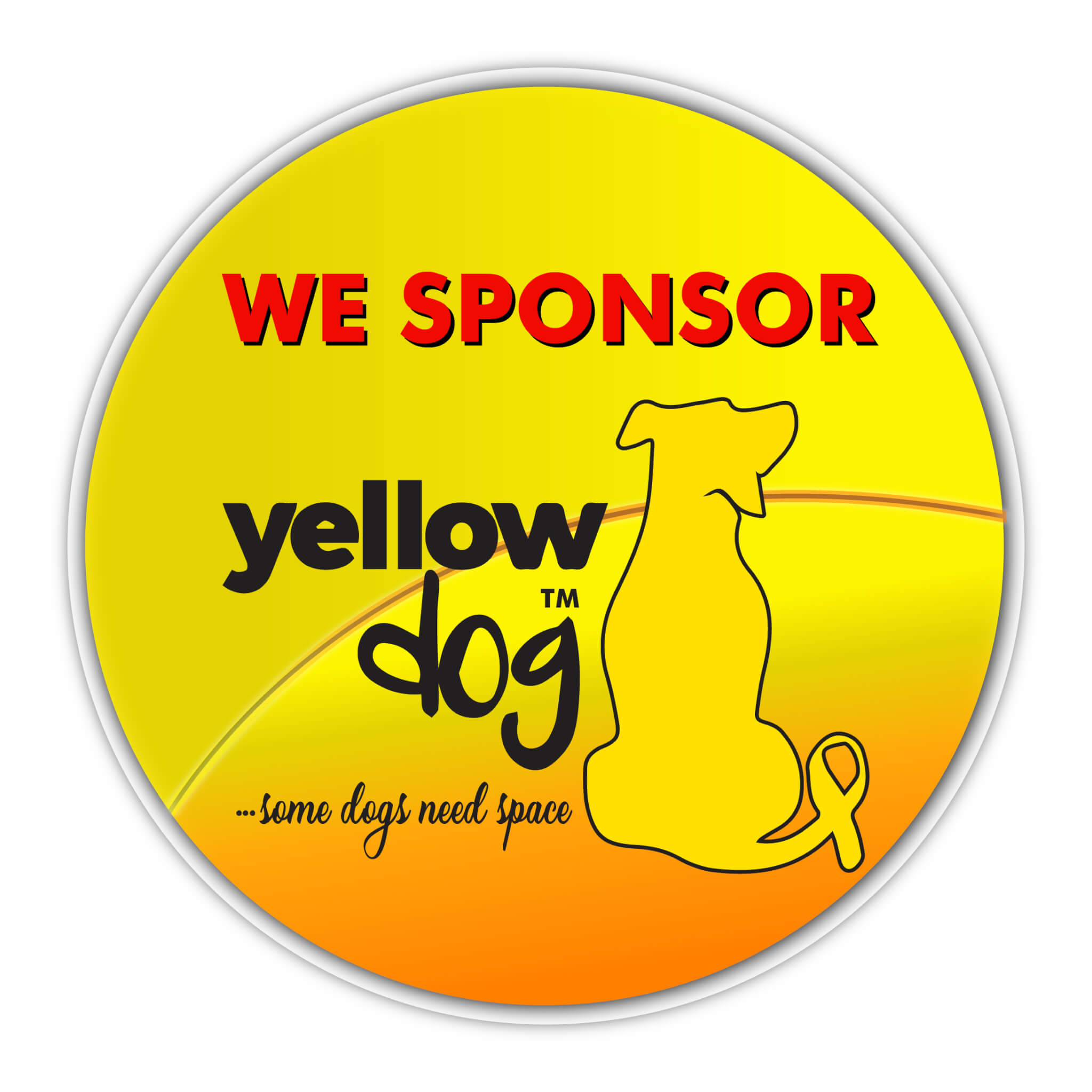‘Possession aggression’ is the term used to describe threatening behaviour such as staring, standing over, showing of teeth, low to rising growling, snarling, snapping and/or biting, when it is associated with toys or other items in the dog’s possession. It can also be referred to as resource guarding.
A dog that’s potentially possessive aggressive will display aggressive body language signals and some vocalisations to protect whatever he perceives himself to be in control of. Possession aggression is a form of dominance aggression that’s primarily to do with genetic influence, meaning it can be inherited behaviour (NOTE: I am not suggesting this means the dog is ‘dominant’, this is about the contextual behaviour).
Why does this happen?
Any dog has the ability to use aggression, but it’s always dependent upon what they believe is happening to them. When a dog uses aggression it’s almost invariably because the dog thinks that he’s under some form of threat. For example, taking something away from the dog like a toy or dog chew, which can cause frustration. Therefore, aggression can be used to control or reduce this challenge. If pushed enough, any dog will use aggression.
Factors that can influence the likelihood of resource guarding can include pre- birth stress experienced by the mother, whether the dog was from a sizable litter size where one or few bowls of food were available, as this can create competition over food (this is indicative where “guzzling food” is observed). Other factors can include breed traits (e.g.) gun dog breeds tend to ‘collect’ and hold things in their mouths, coat colour (solid-and part-coloured coats typically come from distinct bloodlines meaning the gene pool is reduced), where the dog has higher levels of impulsivity and fear; Jacobs et al. (2018) found such dogs were more likely to display resource guarding aggression.
Additionally, if an owner has historically dashed after the dog and grabbed the item off them, then this increases the extrinsic value of stolen/scavenged item[s]. Any chase aspect can also be perceived as a game by the dog, so picking up items whether at home or on walks may then become a learnt attention-seeking behaviour. Similarly, if the dog is attempting to maintain access to the resource by running away from the owner yet the owner manages to catch the dog and take the item off them, then the removal of the item is likely to cause increased attempts to maintain access to any valued resource[s] in similar situations in the future. This means what may have started off as avoidance behaviours (such as dashing away) can transition to aggressive displays (Shepherd, 2009), such as growling, snapping and biting.
Training methods can also influence behaviour. Traditional dog training might suggest that you should be able to take items away from your dog to show them who’s in charge. But this idea comes from outdated and flawed research. We do not have a given right to take stuff off our dogs because we think we should be able to. If a dog has something, it’s theirs. Snatching things off our dog simply teaches them we are thieves, and owners miss out on teaching their dog vital life skills like sharing.
It is important owners that are experiencing this type of behaviour from their dogs avoid provoking it further. Learning to look out for the key warning signals and managing your environment will help reduce the chance of your dog taking something if it’s not left in reach – or – the dog’s does not have access to the ‘no-go’ areas or items in the house. After all, the dog doesn’t know he shouldn’t take it and motivation to keep hold of that ‘thing’ is strong and innate behaviour. If we are constantly taking things away from our dog rather than trading items, very soon our pet will learn that he has no other choice but to tell us to “back off” in the only way he knows how. Furthermore, if the dog growls and lunges at the owner when he or she approaches, causing the owner to then retreat, this teaches the dog that this strategy and is likely to repeat it.
Does this mean you should have a Mexican stand-off or punish a dog for being aggressive? Absolutely not. As dog aggression expert David Ryan states: “Telling a dog off will be seen as a punishment, as will smacking, ‘scruffing’ them by the neck or pinning them down. All of these will be seen by the dog as very threatening. Aggression is a dog’s response to what they think is a threat. When your dog is already in an aggressive frame of mind, telling your dog off or otherwise punishing it will make it feel even more threatened and will bring it directly into conflict with you. It may even make the dog direct a much greater level of aggression towards you. They may go from growling to biting because they can see no other way out of the confrontation.”
While punishing the dog for showing small signs of aggression such as growling, may stop it, you will only succeed in suppressing that vital warning signal. That means the dog will now have no way of showing you that he feels under threat and will hide his emotions until they cannot be contained any longer. This is what appears to then be “unpredictable” aggression, where the dog misses out all the lower communication and goes straight to biting.
How can you reduce possession aggression? Start early – teach your puppies from the get-go that hands are things that give not take.
- You can do this by hand feeding the puppy and providing meals in his Kong for a couple of days, as soon as he enters your home. This helps to teach your puppy about bite inhibition too.
- Then you can progress onto holding the puppy’s food bowl or having the bowl on the floor and dropping in pieces of very scrummy high value food in so he gets amazing things from you. This helps teach the puppy positive association of you coming towards the bowl and hands near bowl, and that people around valued resources are a positive thing.
No one wants their dog to be possessive over things, so if a dog is taught from the outset about sharing then he’s less likely to use aggression to defend the item[s] he has. The following advice is a guide, however cannot replace the on-going support from a certified trainer.
So here’s a look at some of the indicators of possession aggression and how you can tackle the problem.
Signs to look for…
- The dog always takes his toy / chew away from where you and others are.
- The dog places his paw onto the item (this is referred to as ‘contact intention’) and the dog is signalling “this is mine”.
- The dog may hunch over the item as if to fully protect what is his, this is another visual warning.
- Your dog may avert his eyes and turn his head away, this is a direct signal to “leave me alone”. You may also see the ‘whites’ of his eye (often referred to as ‘whale eye’).
- The dog goes still.
- The dog may then twitch his muzzle exposing some teeth.
- Finally, the dog is likely to emit a low warning grumble and stiffen up if the person continues to approach. Leave the dog alone, as now his behaviour has escalated and he may go into a full attack if further provoked.
How to tackle the problem…
Possession aggression is easier to prevent than correct, so managing your environment is important.
- Write a list of all the triggers that your dog typically targets / guards and remove access to these items as much as possible through good environmental management. E.g. if your dog growls when on the sofa, remove access to the sofa by using a baby gate / shutting the door to that room and train a solid stationing behaviour onto their bed or mat.
- While your dog is young teach him that it’s OK for chews or toys to be taken away. But to do this you must practice the ‘trading game’. This is where you trade the item he has with a higher value reward. This teaches your dog that it is OK for him to give up his items to humans as he gets something great back.
- It is likely that your dog will have toys that are his favourites and ones that are of lesser value. Always trade with a higher value item or food (e.g.) cheese, liver cake, sausage or a valued toy that he doesn’t always have access to.
- If your dog has a Kong that’s filled, rather than take it away, it is better to trade. So, use a cue like “what’s this?” whilst holding a very high value treat, drop this down away from the Kong and gently pick up the Kong. You can then refill the Kong and give it back to the dog and do another trade so he learns how to release and trade.
- Jacobs et al. (2018) found that teaching dogs to reliably “Drop” items when requested was associated with a reduced likelihood of biting linked to resource guarding aggression (p < 0.05). Teaching the “Drop”: pick up one of your dog’s least favourite items. Then entice him to play with it for a few seconds. Place your hand underneath the item and say “Drop”. When your dog releases the item into your hand, immediately mark the wanted behaviour with a cue word like “good”/”yes” or click if you’re clicker training, then reward – give him one of his more favourite items or food treat as the reward. If you’re playing with a toy, you can use the continuation of the game with the toy as another reinforcer for dropping when asked.
- Employ ‘The Counting Game’. Dogs, especially young puppies may collect an item then charge off with it. If the owner then chases after them, this can then become a well-established behaviour by the time the dog hits puberty. In other words, we have created accidental reinforcement. Chirag Patel created a great way to help tackle this positively so the dog isn’t spooked and becomes more interested in us than the item. Watch his video called The Counting Game.
If Fido is struggling with the “drop” it could be based on the dog’s previous experience in this context, meaning that this is now a poisoned cue; where punishment or ‘bad things’ are associated with the word you use and/or or your behaviour in this scenario. In this instance, change your request word.
The following protocol for possession of food may also be helpful.
- Hold the dog’s empty food bowl and drop a piece of food in it. Allow him to eat this and continue.
- Once this is working very well (your dog is reliably eating the food without any signs of unease), you can progress to popping the food bowl onto the floor and tossing some treats into the bowl. These treats should be better than what your dog is eating so he gets lovely things when humans are around as he eats. Then immediately move away. Repeat this process until you are reliably seeing positive body language signals as you approach (e.g.) wiggly body, soft eyes and mouth, looking at you with interest.
- To progress training, you can then gently pet your dog and toss another very high value treat in the bowl. NOTE: If you just touch the dog when he eats and not dropping in a tasty reward, you are not helping him because you are not adding anything positive to the situation. You must do all of this at your dog’s pace and avoid rushing his training.
Top Tips
- Teach your dog from the ‘get go’ the following request: “drop”, “leave it” and “take it” using positive reinforcement.
- Never chase, snatch, shout or punish your dog if he takes something he shouldn’t. This could frighten your dog and may ultimately lead to a dog bite.
- As most food items are not fatal for a dog, leave your dog alone if he has taken something – ignore him until he chooses to move completely away to another area, leaving the item behind. Once he has done this, you can lock the dog away from that area for safety, and then you can go and retrieve the item.
- If your dog is guarding his food bowl and other food resources, allow your dog to eat without interruption (away from busy areas, free from other animals/humans etc) this could be behind a baby gate, exercise pen or separate room with a lockable door. I would recommend you avoid leaving out any bowls/food items or resources considered valuable to the dog, such as rawhide hides or chew toys that may precipitate an aggressive response. Then contact a certified professional for help.
- If you have children, keep the children and dog apart when they are eating or carrying food around. And, educate your children so they know to leave the dog alone if he has anything near him or in his mouth.
- If tug-games promote ‘over the top’ behaviour from your dog and possessive aggressive signals, avoid such games as tug, instead play games that positively hone your dog’s natural behaviours (e.g.) scenting and tracking with games like Hide and Seek or Hunt the Treat. For enrichment and play ideas, read ‘Playing With Your Dog’ by Hanne Grice.
- Get your dog to earn his treats (e.g.) if he sits when asked then reward him, not if he does it automatically sits when he sees treats in your hand!
- Learn the pre-emptive signals of aggression. Click here to download our body posture infosheet.
Remember, the above does not replace a formal behaviour modification programme if you are experiencing problems with resource guarding. Please do get in touch or seek the support from a certified canine behaviourist in your area.
References
Jacobs, J.A., Coe, J.B., Pearl, D.L., Widowski, T.M, Niel, T. (2018) ‘Factors associated with canine resource guarding behaviour in the presence of dogs: A cross-sectional survey of dog owners.’ Preventive Veterinary Medicine. 161 pp. 134-142 doi.org/10.1016/j.prevetmed.2017.02.004.
Shepherd, K. (2009) ‘Behavioural medicine as an integral part of veterinary practice.’ In: Horwitz DF, Mills D, eds. BSAVA Manual of Canine and Feline Behavioural Medicine. 2nd edn. BSAVA, Gloucester: 10-23.
Learn more about our classes
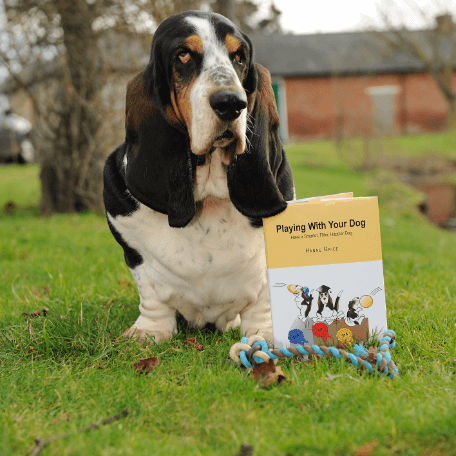
Get Hanne's Book
Playing With Your Dog will help any dog owner work out the games that are best suited for their pet to play throughout his life, from puppyhood to old age. The book also shares some tricks for all ages, group activities, and recommended toys that dogs will enjoy.
